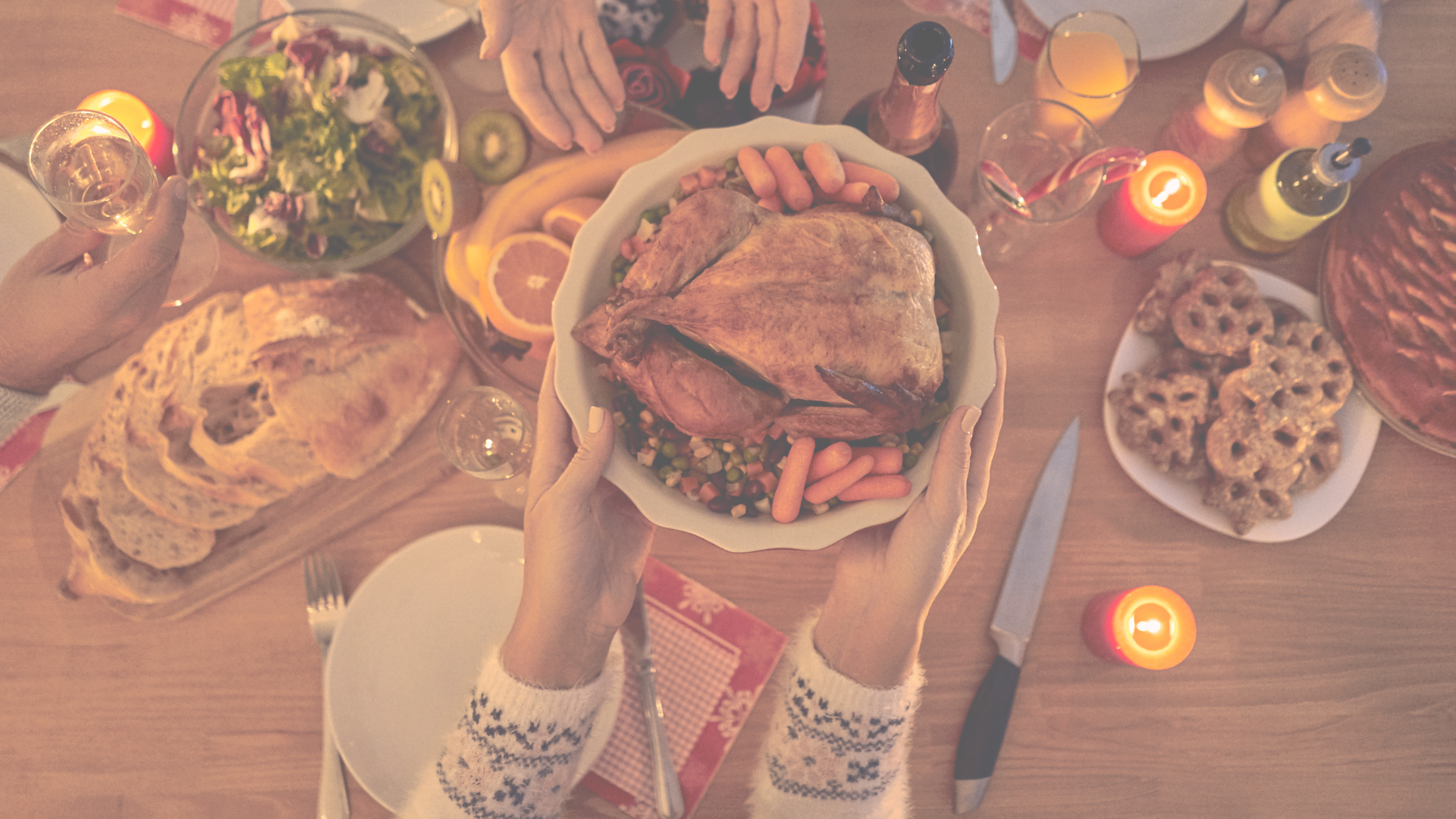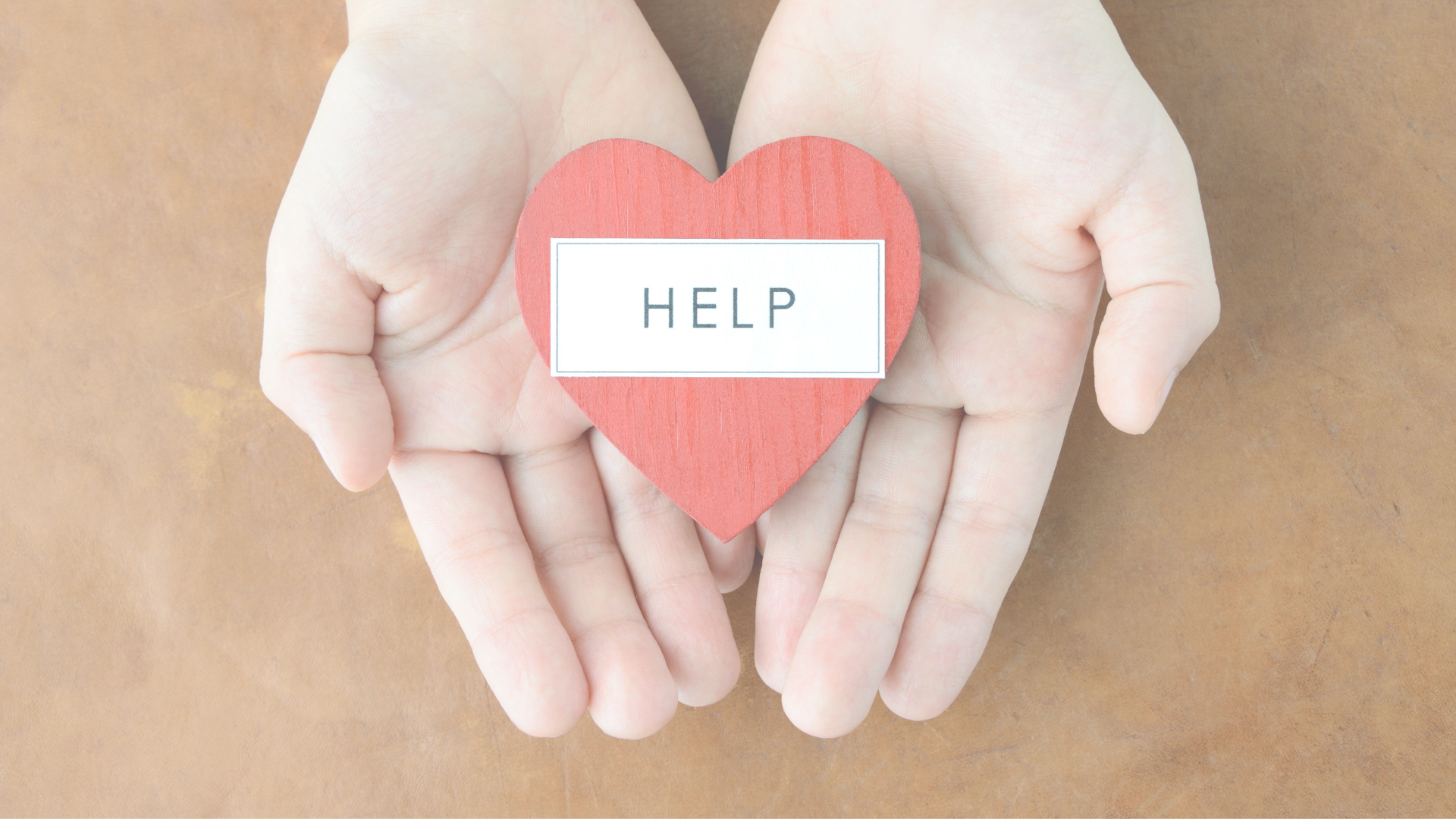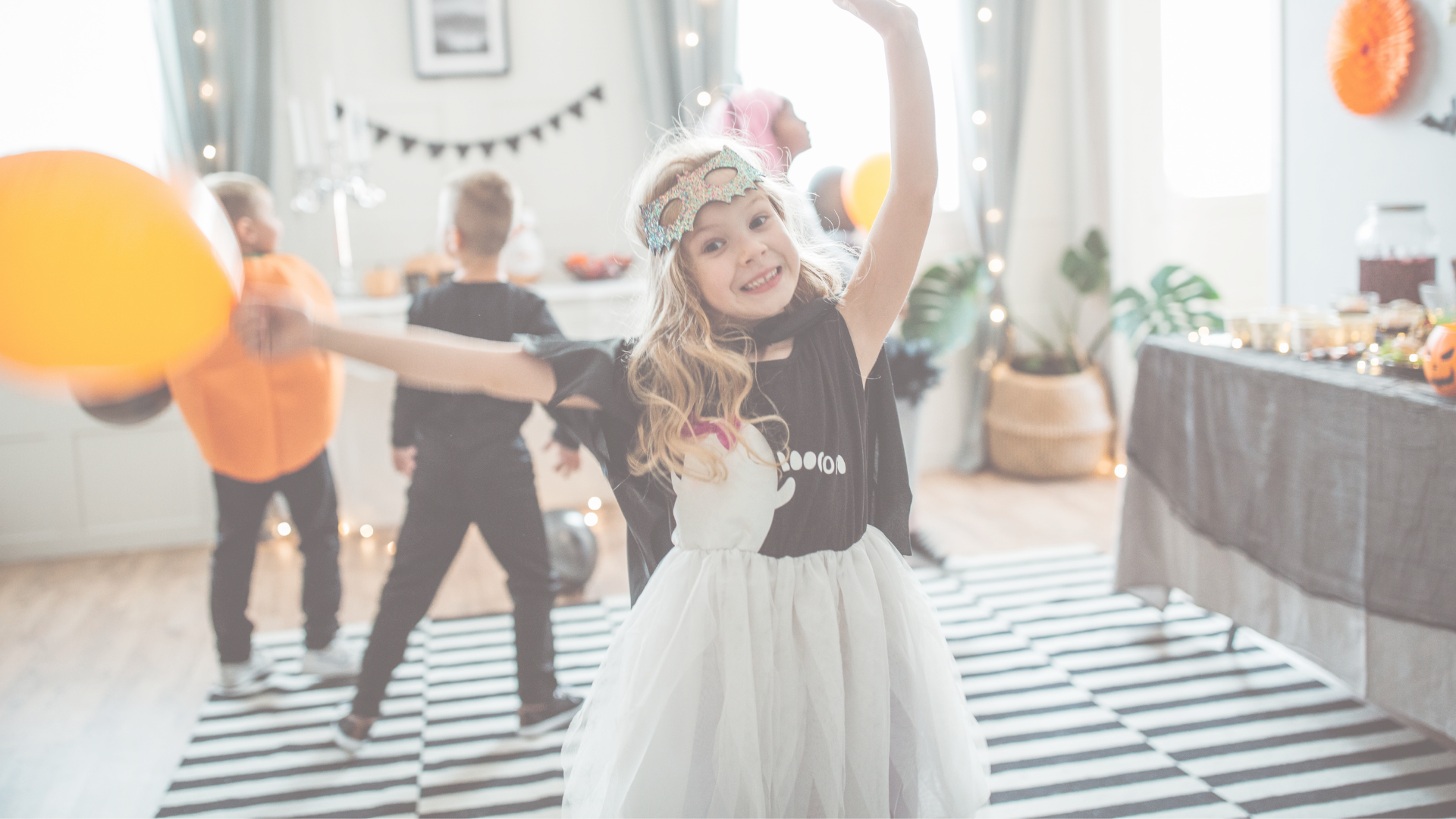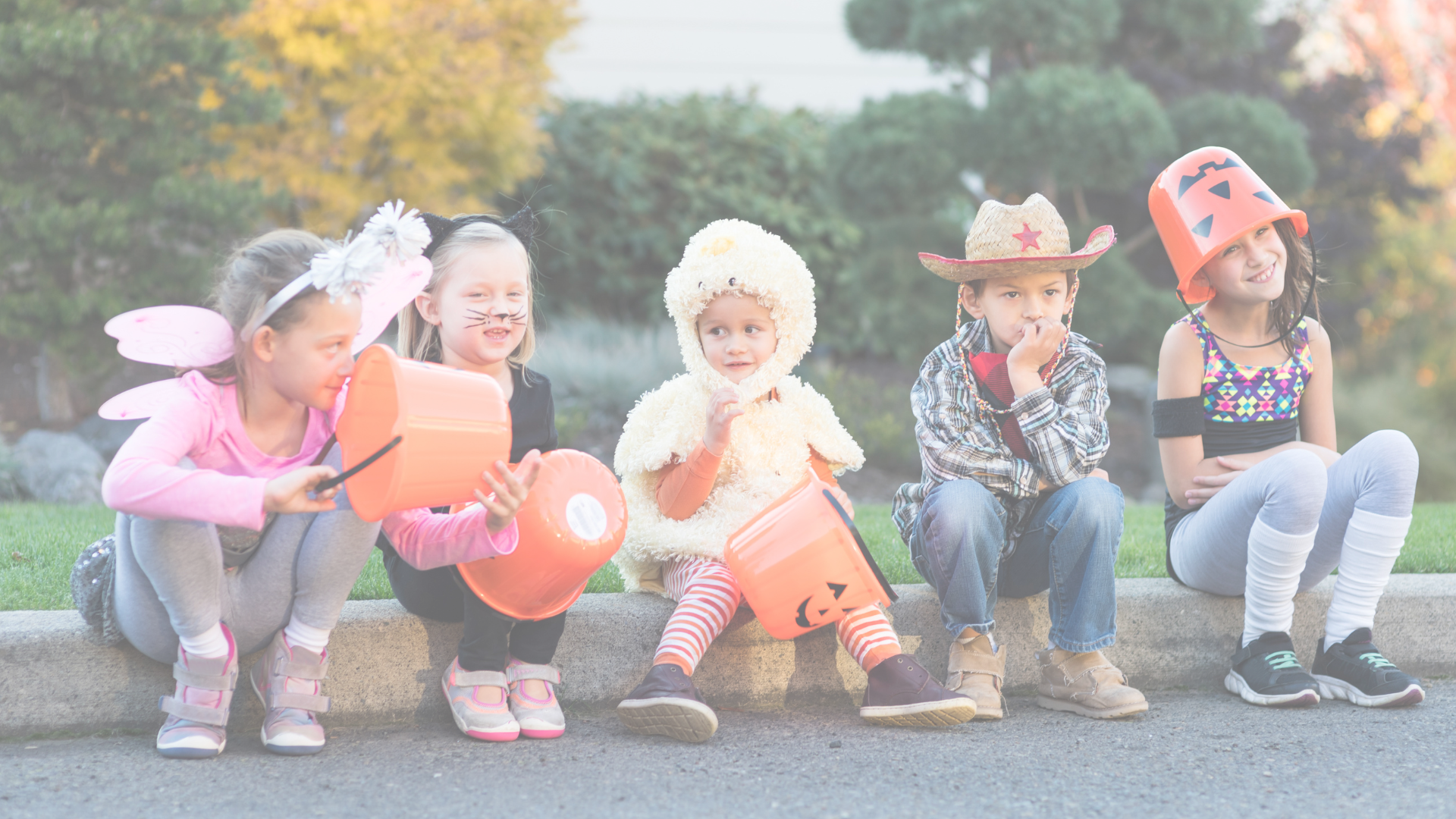Halloween: Trick-or-Treat
Join us in the month of October as we discuss ways to make Halloween an enjoyable experience for all!
Walking in darkness.
Bright/blinking lights.
Big Crowds.
Weird Costumes.
Ringing Doorbell(s).
Saying Trick-or-Treat.
All the candy.
That’s trick-or-treating in a nutshell. These things make Halloween “spooky,” fun, and exciting for kids but not always. Trick-or-treating can create a sense of uncertainty, discomfort and even anxiety.
As stated in one of our
previous blogs,
kids with sensory challenges and autism spectrum disorders take comfort in routine, and Halloween is all about the unexpected. Trick-or-treating can be “tricky” because the act itself runs counter to the rules established to keep your kids safe–Don’t talk to strangers; don’t take candy from strangers; don’t go out in the dark.
Similarly, kids’ daily routines are established for comfort and function–Limit exposure to big crowds, bright lights, loud sounds, and foods that may aggravate allergies.
So, considering all of these things, how can trick-or-treating be an enjoyable experience for your family? Here are more tips we hope help bring fun to your day.
- Prepare and practice: We talked specifically about this in our first Halloween blog. Talking with your child about what Halloween might look like and normalizing the language of “scary” and “spooky,” gives them the tools to both understand what others around them are saying and doing and also communicate when they may be scared. To prepare for the night, do a sort of trick-or-treat practice. Ask your neighbors if they’re willing to help. This way, you can practice walking up to homes, ringing doorbells and saying “trick-or-treat” and “thank you.”
- Nonverbal Trick-or-Treat: Saying “trick-or-treat” could cause anxiety for those who are nonverbal. It’s ok if they don’t want to. If your child agrees, print a sign that says “trick-or-treat,” and maybe one that says “thank you,” to display as they travel through the neighborhood.
- Consider making it less scary: Let’s talk about the origins of Halloween. FYI: This is just one story. “(Halloween)…has its roots in the ancient Celtic festival of Samhain (a Gaelic word pronounced “SAH-win”), a pagan religious celebration to welcome the harvest at the end of summer, when people would light bonfires and wear costumes to ward off ghosts.” (Library of Congress Blogs). One theory about trick-or-treating “suggests that during Samhain, Celtic people would leave food out to appease the spirits traveling the Earth at night. Over time, people began to dress as these unearthly beings in exchange for similar offerings of food and drink.” (Library of Congress Blogs) So the origin is all scary but how can we make trick-or-treating less scary and more fun? Click here to learn more about the origins of Halloween.
- Take away the ghouls, ghosts, and gore: How, you ask? Try trick-or-treating in a well-lit area or during light hours. The light outside may diminish the appearance of something that can appear scary in the dark. Or attend a community event like a trunk or treat. Trunk or treats are sometimes held prior to October 31, which makes them a great practice run for trick-or-treating. Kids dress up, usually, in less scary costumes and trick-or-treat from car to car lined up in the parking lot of churches, community centers, etc.
- Prepare for masks: Masks can literally transform a person who is familiar to someone unrecognizable, even your own child. Them…appearing different, or seeing someone familiar look unfamiliar, can be scary. Trying on a store-bought mask in the mirror and seeing themselves transform could help make the mask less scary. Or making a mask of their own could also put them at ease.
- Bring a friend or friends: Life Skills Autism Academy suggests “inviting a friend to go with you so they can help remind them of the rules. They can serve as “another set of eyes on your child” in the darkness and/or the crowd. “Also, if your child tends to wander, give them light-up shoes or glow-stick necklaces or bracelets to wear for the night.” (Life Skills Autism Academy)
- Be the candy police: According to foodallergy.org, 5.6 million children under age of 18 have a food allergy. That's one in 13 children. To avoid a truly scary Halloween experience, consider partnering with homes beforehand to have safe treats on-hand to offer when and where your child trick-or-treats. Also, establish rules for collecting and consuming trick-or-treat finds. Only allow them to consume treats you have inspected and approved of.
- Prepare for breaks: If your child has a medical condition that causes incontinence, it's important to communicate with them through the night/event to see how they’re doing and if they need a bathroom break. Make sure their choice of costume allows for easy access and changing beforehand. Prepare your route to include bathroom breaks and pack incontinence supplies in the event of an accident.
Life Skills adds, “If your child is not interested in participating in this Halloween’s adventures… don’t push it. It may be his or her…way of learning to adjust or adapt to avoid maladaptive behavior.” Consider an alternate plan like a movie or their choice of a restaurant.
Photo: "Carefree Children on Halloween" by 74images










